Discover which everyday foods can spike blood sugar — and the nutrient-packed alternatives that help seniors stay healthy, energized, and in control.

Managing Type 2 diabetes is a lifelong journey, and it becomes especially important in our senior years. Every food choice we make can influence energy levels, medication effectiveness, and long-term health. The challenge? Nutrition advice can often feel overwhelming and contradictory.
This guide aims to simplify things. Below, you’ll find a clear list of the ten most dangerous foods to avoid (because they can disrupt blood sugar and strain your heart) along with ten power foods that help stabilize glucose, support your energy, and promote overall well-being.
Part 1: 10 Dangerous Foods for Diabetic Seniors to Avoid
The following foods often contain refined sugars, simple carbs, trans fats, or sodium—all of which can increase the risks of blood sugar spikes, heart disease, and high blood pressure.
1. Sugary Sodas & Sweetened Juices

Liquid sugar absorbed almost instantly, offering zero nutrition.
2. White Bread, Pasta & Rice
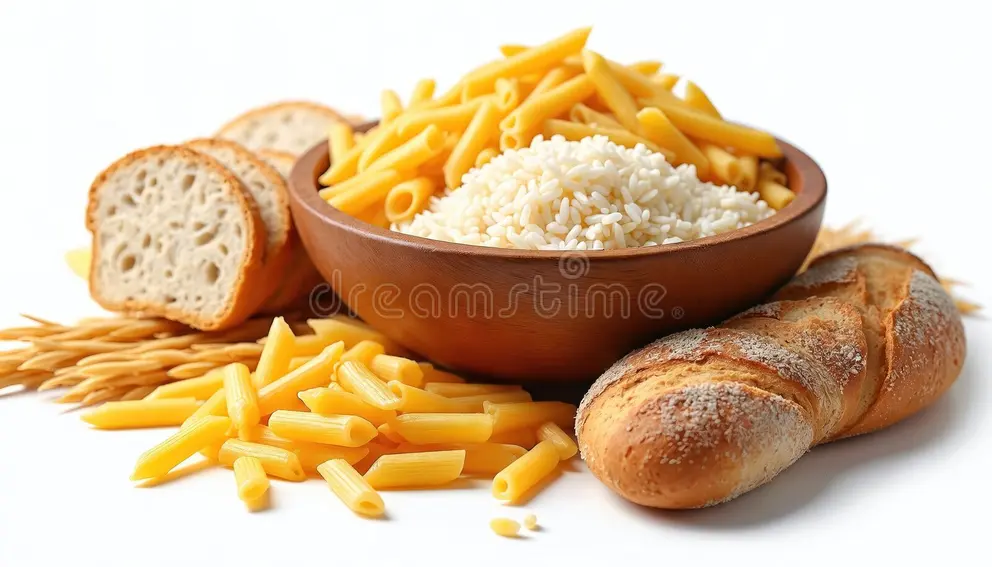
Refined grains stripped of fiber, processed like sugar in the body.
[Insert Image Here]
3. Packaged Pastries & Cookies
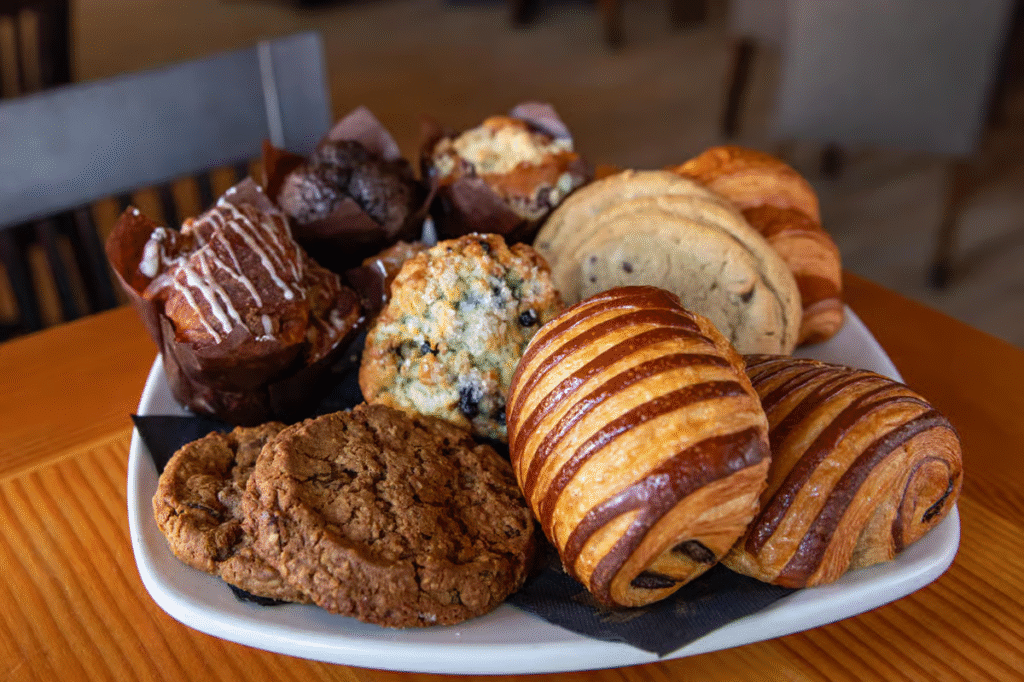
A dangerous trio of sugar, refined flour, and unhealthy fats.
4. Candy & Candy Bars
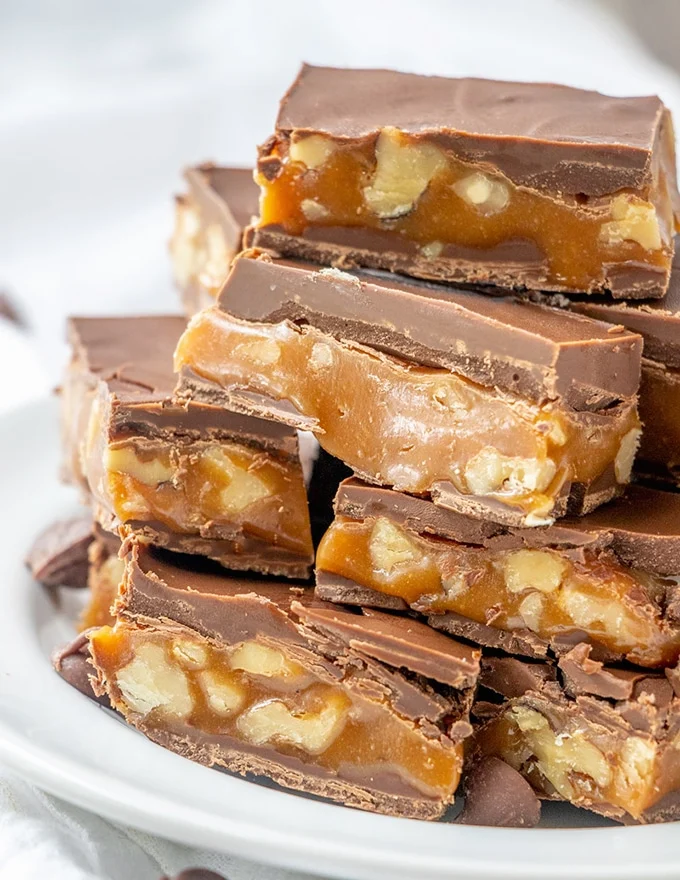
Pure sugar with minimal nutritional value.
5. Fried Foods (Fries, Fried Chicken)
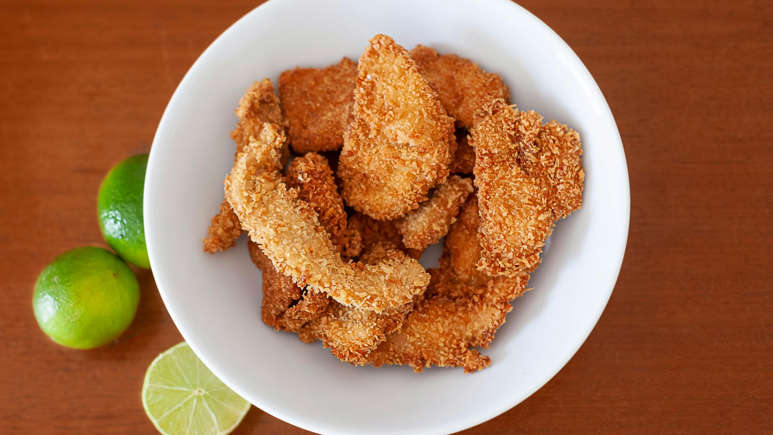
Loaded with calories, oils, and often breading that worsens blood sugar control.
6. High-Sugar Breakfast Cereals
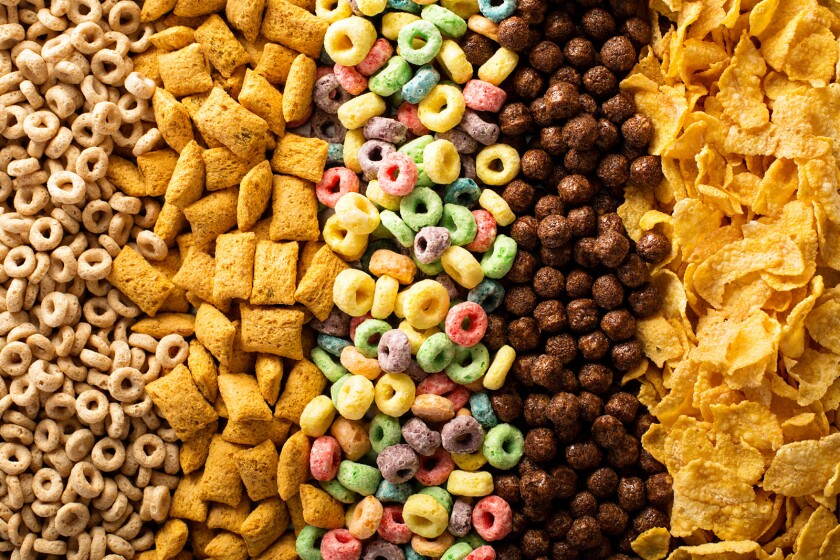
Marketed as healthy, but often loaded with added sugars.
7. Sweetened Yogurts
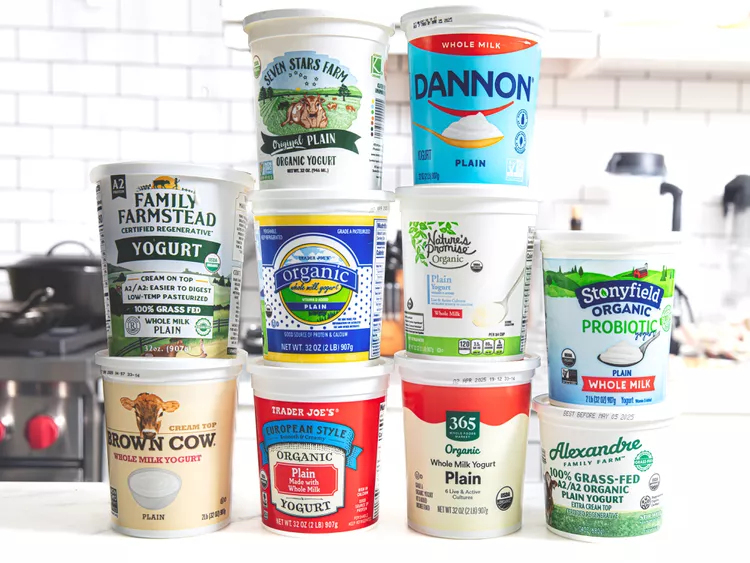
Some contain as much sugar as dessert, overshadowing their probiotics.
8. Processed Meats (Bacon, Sausage, Deli Meats)
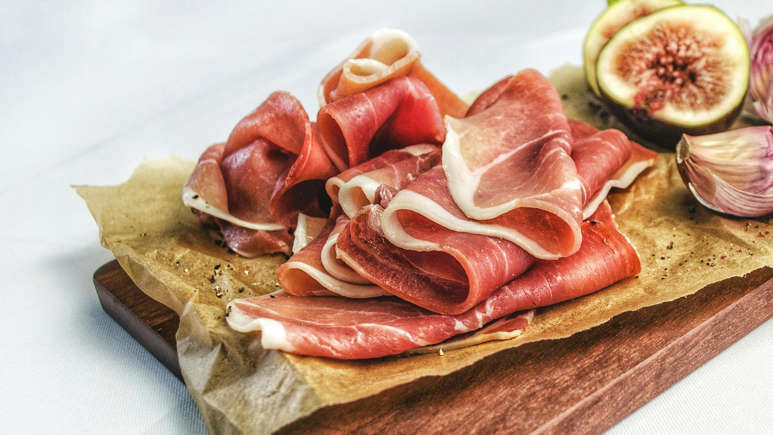
High in sodium and saturated fat, raising cardiovascular risk.
9. Flavored Coffee Creamers
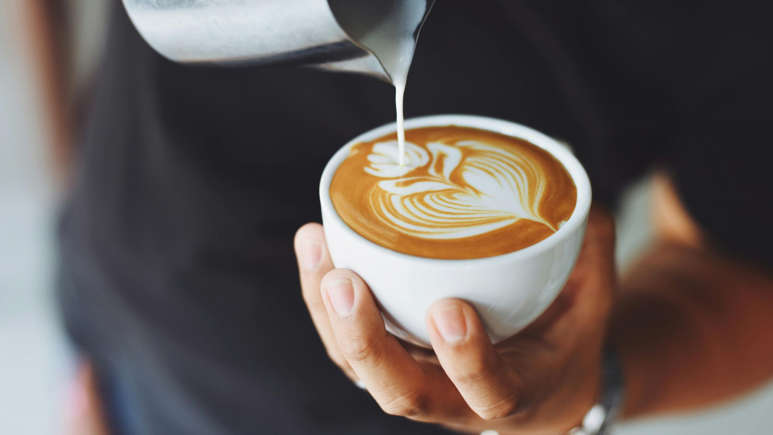
A sneaky source of sugar and artificial fats.
10. Dried Fruits with Added Sugar
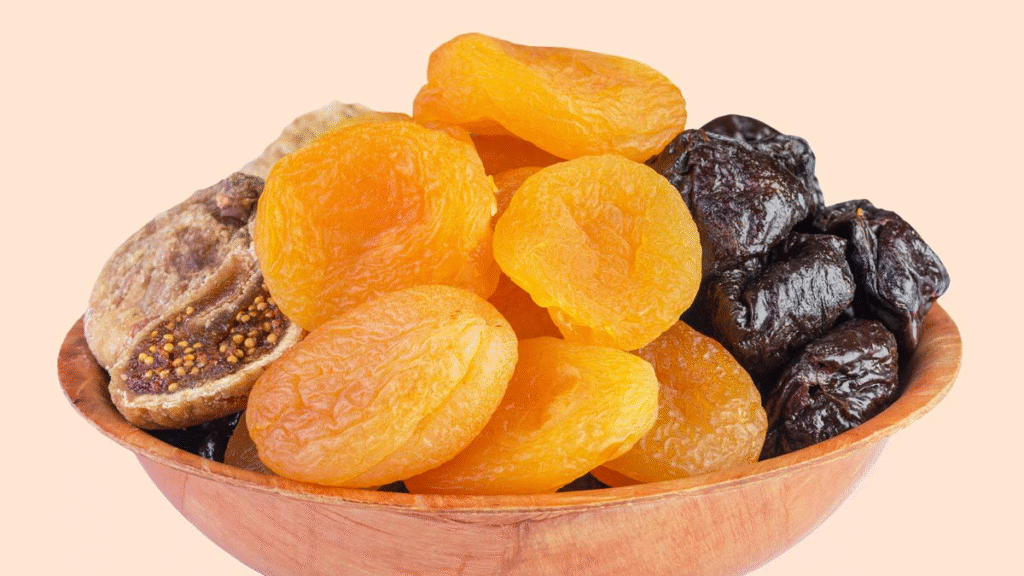
Concentrated sugars made worse with added sweeteners.
Part 2: 10 Power Foods for Stable Blood Sugar
These nutrient-rich options support balanced blood sugar, satiety, and steady energy levels.
1. Leafy Greens (Spinach, Kale)
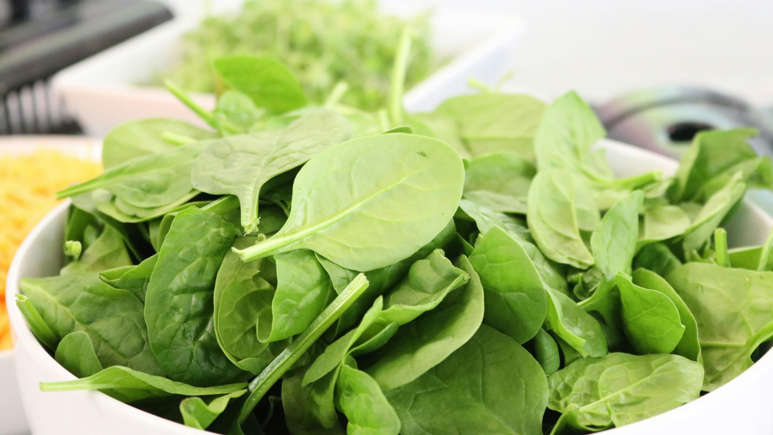
Extremely low in carbs, rich in vitamins and minerals.
2. Fatty Fish (Salmon, Mackerel, Sardines)
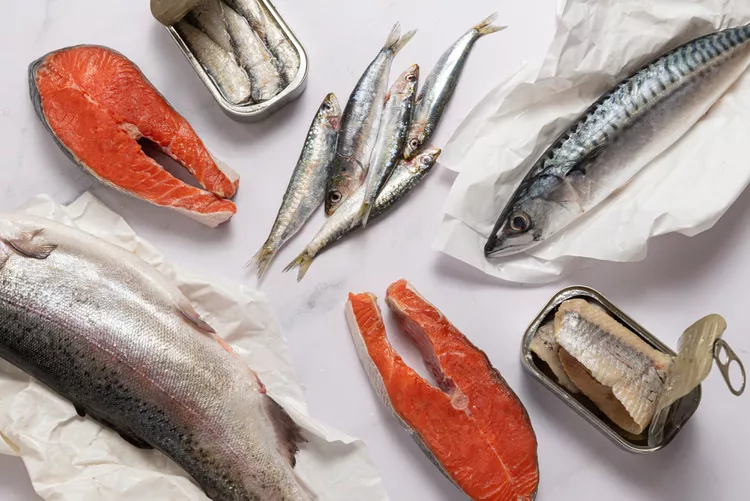
Packed with omega-3s to reduce inflammation and protect the heart.
3. Berries (Blueberries, Strawberries)
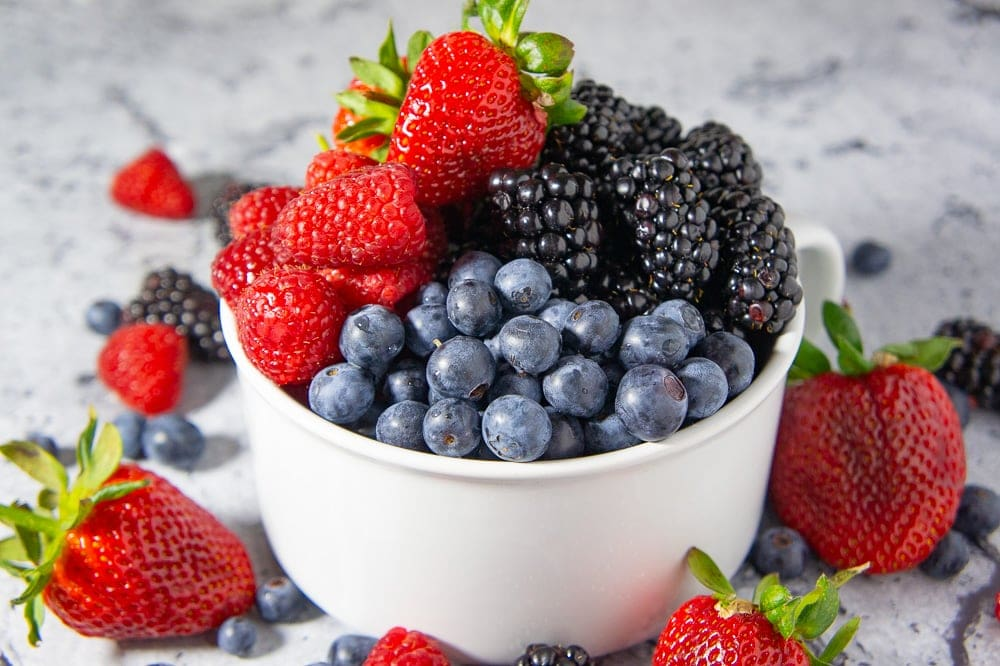
Sweet yet fiber-rich, with a gentler glycemic impact.
4. Nuts & Seeds (Almonds, Chia Seeds)
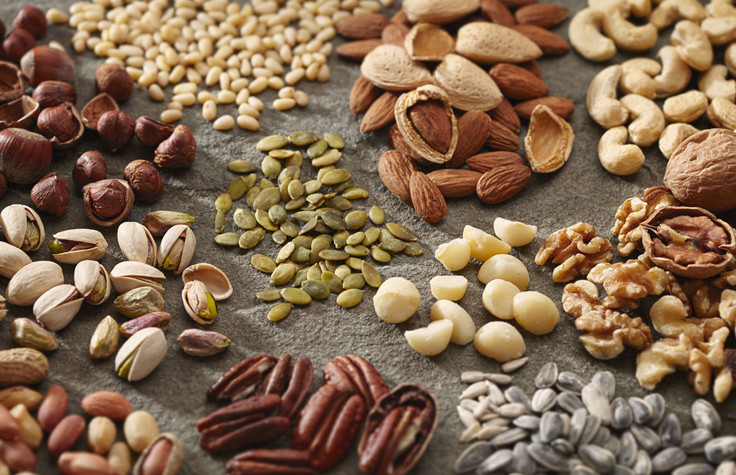
Healthy fats + magnesium for blood sugar regulation.
5. Beans & Lentils
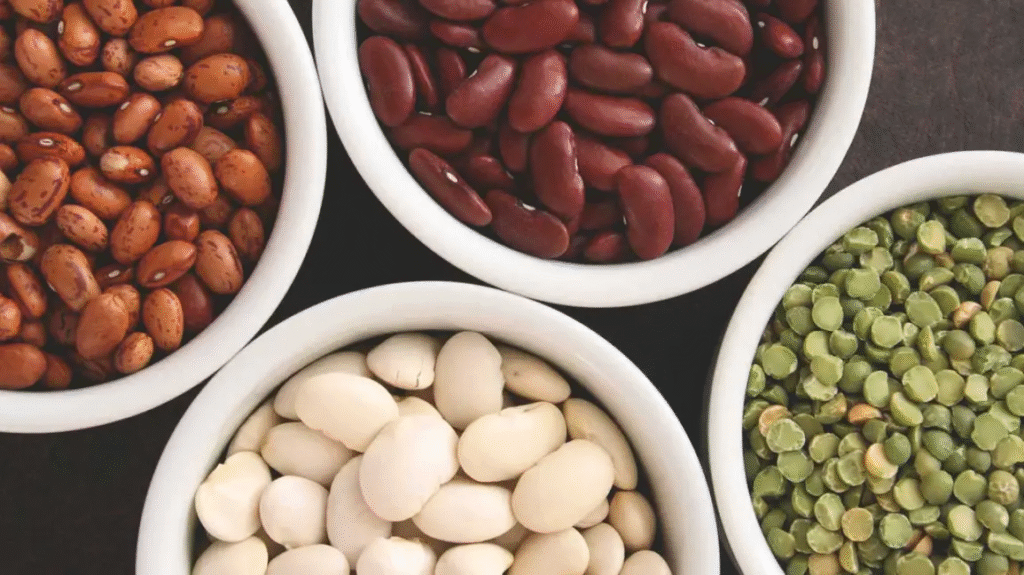
Slow-digesting plant proteins full of soluble fiber.
6. Plain Greek Yogurt
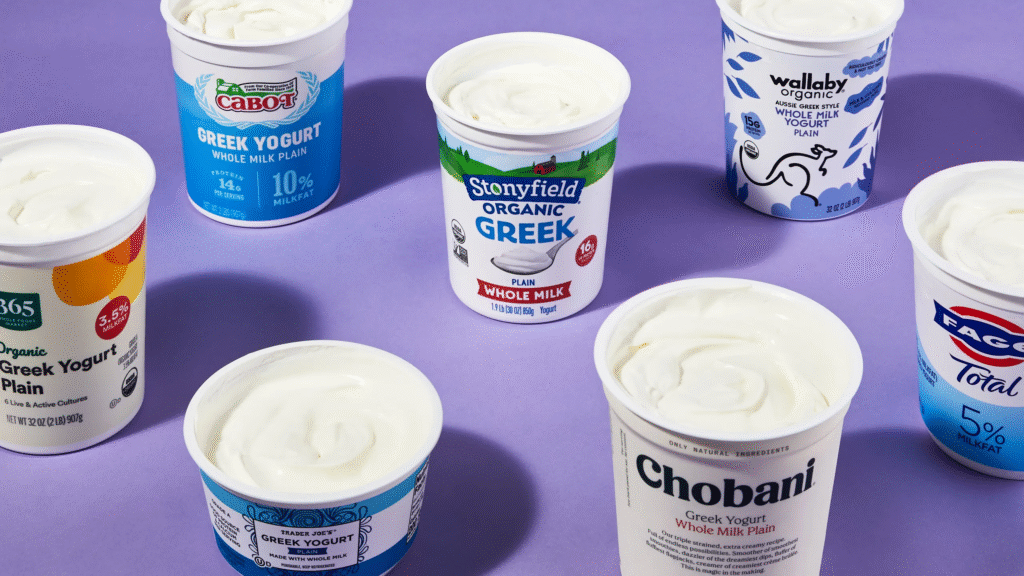
High in protein and probiotics, low in sugar (when unsweetened).
7. Whole Oats (Steel-Cut, Old-Fashioned)
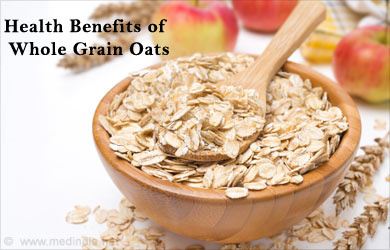
Beta-glucan fiber helps improve insulin sensitivity.
8. Garlic & Onions

Contain natural compounds that may lower blood sugar.
9. Avocado
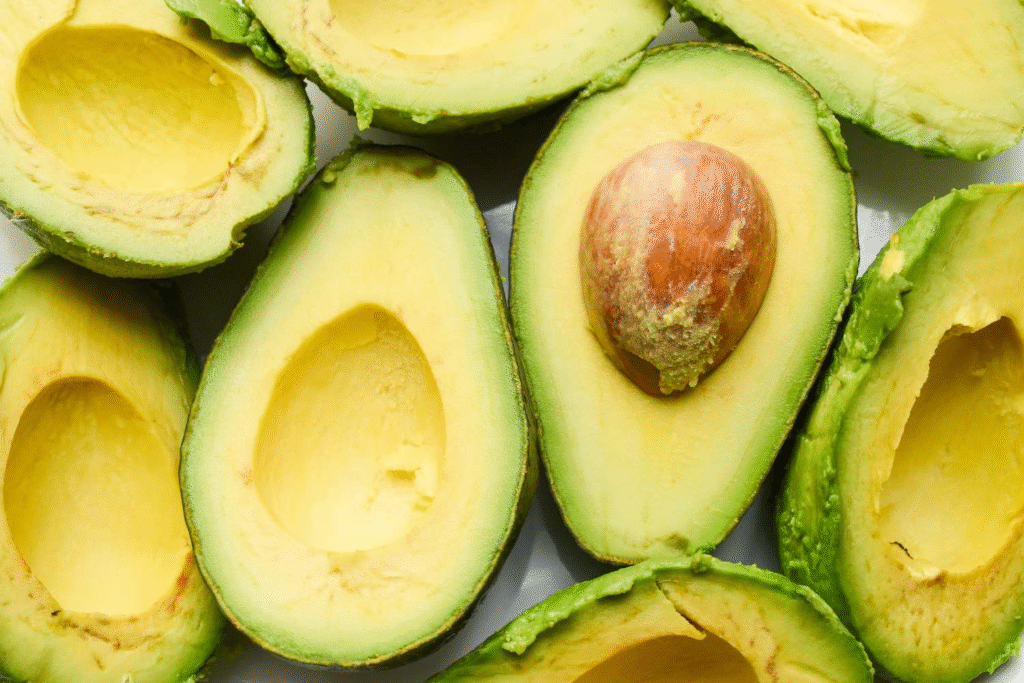
Healthy monounsaturated fats and fiber, with minimal impact on glucose.
10. Eggs
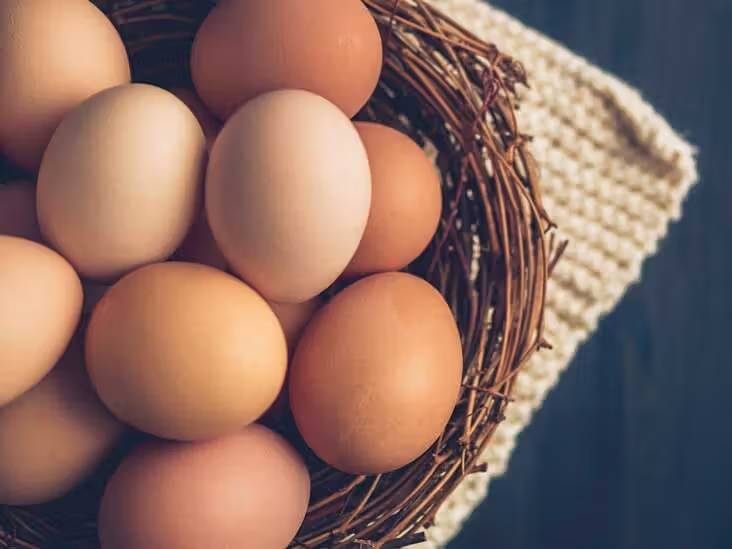
High-quality protein that supports fullness and stable post-meal blood sugars.
A Breakthrough for Sleep and Blood Sugar Support
Beyond diet, your nighttime health plays a bigger role in diabetes management than many realize. Scientific research shows that your nighttime metabolism and quality of sleep directly affect blood sugar balance.
This is where Gluconite comes in. It’s the only formula designed to:
✅ Support healthy blood sugar overnight
✅ Promote deep, restorative sleep
✅ Boost metabolism while you rest
By combining natural ingredients for sleep and metabolic support, Gluconite works throughout the night, setting the stage for stable blood sugar and better energy the next day.
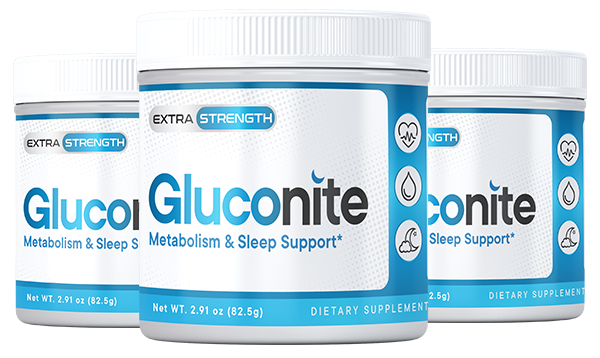
Take the Next Step in Your Health Journey
The information here gives you a strong foundation for smarter food choices. But remember: every person is unique.
👉 Always consult your doctor or a registered dietitian before making significant dietary or supplement changes.
If you’re unsure where to begin, start small:
- Swap one soda for water.
- Replace white toast with whole-grain bread.
- Add one serving of leafy greens to dinner.
And if you want to supercharge your progress, consider pairing these small changes with Gluconite’s breakthrough nighttime support to help regulate blood sugar while you sleep.
Frequently Asked Questions (FAQs)
Q: Are bananas okay for diabetic seniors?
A: Yes—in moderation. Choose a smaller, slightly unripe banana (lower glycemic index) and pair it with protein or healthy fat (e.g., peanut butter).
Q: What are the best sugar substitutes?
A: Stevia and monk fruit are excellent. Use sugar alcohols like erythritol sparingly, and be cautious with maltitol (can cause digestive issues).
Q: How can a diabetic senior manage a limited appetite?
A: Try small, nutrient-dense meals and snacks such as a smoothie with protein, a handful of nuts, or a hard-boiled egg.
Q: Do I need to buy only organic foods?
A: Not necessary. Focus on eating more whole foods. If budget allows, prioritize organic versions of the “Dirty Dozen” (like strawberries and spinach).
Conclusion
Managing diabetes through mindful eating—and optimizing sleep—is one of the most empowering steps seniors can take. By knowing which foods to avoid, embracing power foods, and considering natural supports like Gluconite, you can improve energy levels, reduce health risks, and gain greater control over your well-being.
Your journey to better health is built one wise choice at a time.
Disclaimer: This article is for educational purposes only and does not constitute medical advice. Always consult with a qualified healthcare professional before making changes to your diet, supplement routine, or diabetes management plan.

